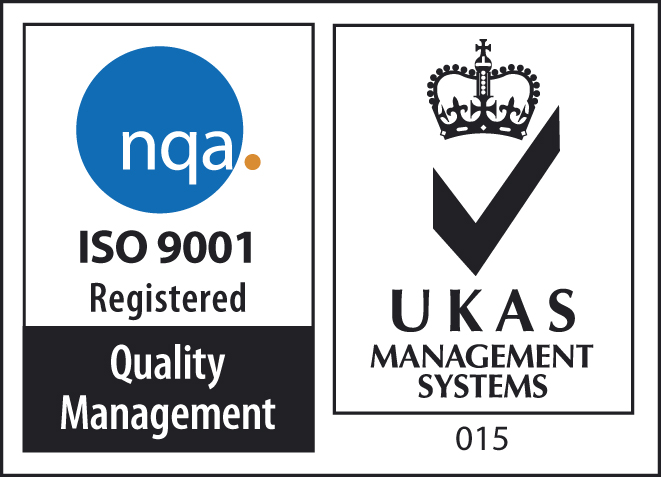TTI’s Stephen Banfield, John Flory, Mike Parsey and the late John Hearle were amongst other industry experts and companies honoured in September at a presentation awards evening hosted by Houston’s Offshore Energy Centre in recognition of their work in pioneering the use of polyester ropes in Deepwater Mooring Systems.
TTI personnel honoured at Houston’s Offshore Energy Centres ‘Hall of Fame’ for Polyester Deepwater Mooring Systems
2016 Pioneering Technologies
Drilling Technology in combination with Construction Technology: Polyester Deepwater Mooring Systems
The use of polyester cables for deepwater mooring started in the 1980s at Marlow Ropes, a UK Company. Their product, (Superline) was tested vigorously by the US Navy, who were considering mooring systems for floating air bases. In 1992 at Reading University (UK), Cesar del Vecchio issued his PhD thesis establishing failure modes, load elongation, endurance characteristics and design methodology. Del Vecchio’s employer, (Petrobras) began designing and installing polyester mooring systems immediately, leading to the P-19 and P-26 platform installations in 1997 and 1998 respectively.
In the 1990s a joint industry program, “Fiber Tethers 2000” set out to qualify advanced polyester products such as Aramid, HMPE and LCAP with standard polyester as a base case. However, the superior performance of standard polyester proved it to be the best solution at lowest cost. Several JIPs looked into to actual installations. One of the main issues was establishing minimum inspection guidelines and frequencies, such as those applied to conventional wire and chain systems. Leading the way were BP and Shell, introducing polyester ropes on movable deepwater drilling units. BP installed the system on its Mad Dog platform and Kerr McGee equipped the first cell-spar, Red Hawk, with a US manufactured design. Petrobras had the most installations, but is should be said that Brazil is not a hurricane target.
Recent developments include determining the remaining life of polyester moorings, feasibility of removing 15-meter stress inserts required by current regulations, and assessing potential damage to the polyester rope caused by seabed contact.
Recognizing the pioneering efforts of the following individuals and organizations that contributed to this technology:
Dr. Ray Ayers, Steven Banfield, Luis Claudio Costa, Cesar Del Vecchio, Paul Devlin, Felix Dyhrkoop, John Flory, Jenifer Tule Ham, John Hearle, Mike Parsey, David Petruska, Hongbo Shu, Richard Snell, Dr. Richard Stonor, Sim Whitehill, and Mitch Winkler
BP, BSEE, Chevron, DeepStar, Kerr McGee (now Anadarko), Marlow Ropes, Petrobras, RPSEA, Shell, Stress Engineering, Tension Technology Inc., and Whitehill Manufacturing Company

